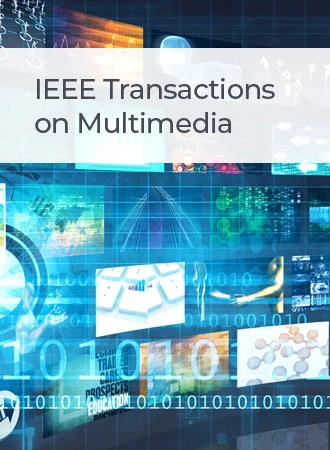Subjective and Objective Quality Assessment of Non-Uniformly Distorted Omnidirectional Images
IF 9.7
1区 计算机科学
Q1 COMPUTER SCIENCE, INFORMATION SYSTEMS
引用次数: 0
Abstract
Omnidirectional image quality assessment (OIQA) has been one of the hot topics in IQA with the continuous development of VR techniques, and achieved much success in the past few years. However, most studies devote themselves to the uniform distortion issue, i.e., all regions of an omnidirectional image are perturbed by the “same amount” of noise, while ignoring the non-uniform distortion issue, i.e., partial regions undergo “different amount” of perturbation with the other regions in the same omnidirectional image. Additionally, nearly all OIQA models are verified on the platforms containing a limited number of samples, which largely increases the over-fitting risk and therefore impedes the development of OIQA. To alleviate these issues, we elaborately explore this topic from both subjective and objective perspectives. Specifically, we construct a large OIQA database containing 10,320 non-uniformly distorted omnidirectional images, each of which is generated by considering quality impairments on one or two camera len(s). Then we meticulously conduct psychophysical experiments and delve into the influence of both holistic and individual factors (i.e., distortion range and viewing condition) on omnidirectional image quality. Furthermore, we propose a perception-guided OIQA model for non-uniform distortion by adaptively simulating users' viewing behavior. Experimental results demonstrate that the proposed model outperforms state-of-the-art methods.非均匀畸变全向图像的主客观质量评价
随着VR技术的不断发展,全方位图像质量评估(OIQA)已成为图像质量评估领域的热点之一,并在过去几年中取得了很大的成功。然而,大多数研究都集中在均匀畸变问题上,即全向图像的所有区域受到“等量”噪声的扰动,而忽略了非均匀畸变问题,即部分区域与同一全向图像中的其他区域受到“不同量”的扰动。此外,几乎所有的OIQA模型都是在样本数量有限的平台上进行验证的,这在很大程度上增加了过度拟合的风险,从而阻碍了OIQA的发展。为了缓解这些问题,我们从主观和客观两个角度对这个话题进行了详细的探讨。具体来说,我们构建了一个包含10320张非均匀畸变全向图像的大型OIQA数据库,每一张图像都是通过考虑一个或两个摄像机镜头的质量缺陷而生成的。然后,我们精心进行心理物理实验,深入研究整体和个体因素(即失真范围和观看条件)对全方位图像质量的影响。此外,我们通过自适应模拟用户的观看行为,提出了一种感知引导的非均匀失真OIQA模型。实验结果表明,该模型优于现有的方法。
本文章由计算机程序翻译,如有差异,请以英文原文为准。
求助全文
约1分钟内获得全文
求助全文
来源期刊

IEEE Transactions on Multimedia
工程技术-电信学
CiteScore
11.70
自引率
11.00%
发文量
576
审稿时长
5.5 months
期刊介绍:
The IEEE Transactions on Multimedia delves into diverse aspects of multimedia technology and applications, covering circuits, networking, signal processing, systems, software, and systems integration. The scope aligns with the Fields of Interest of the sponsors, ensuring a comprehensive exploration of research in multimedia.
 求助内容:
求助内容: 应助结果提醒方式:
应助结果提醒方式:


